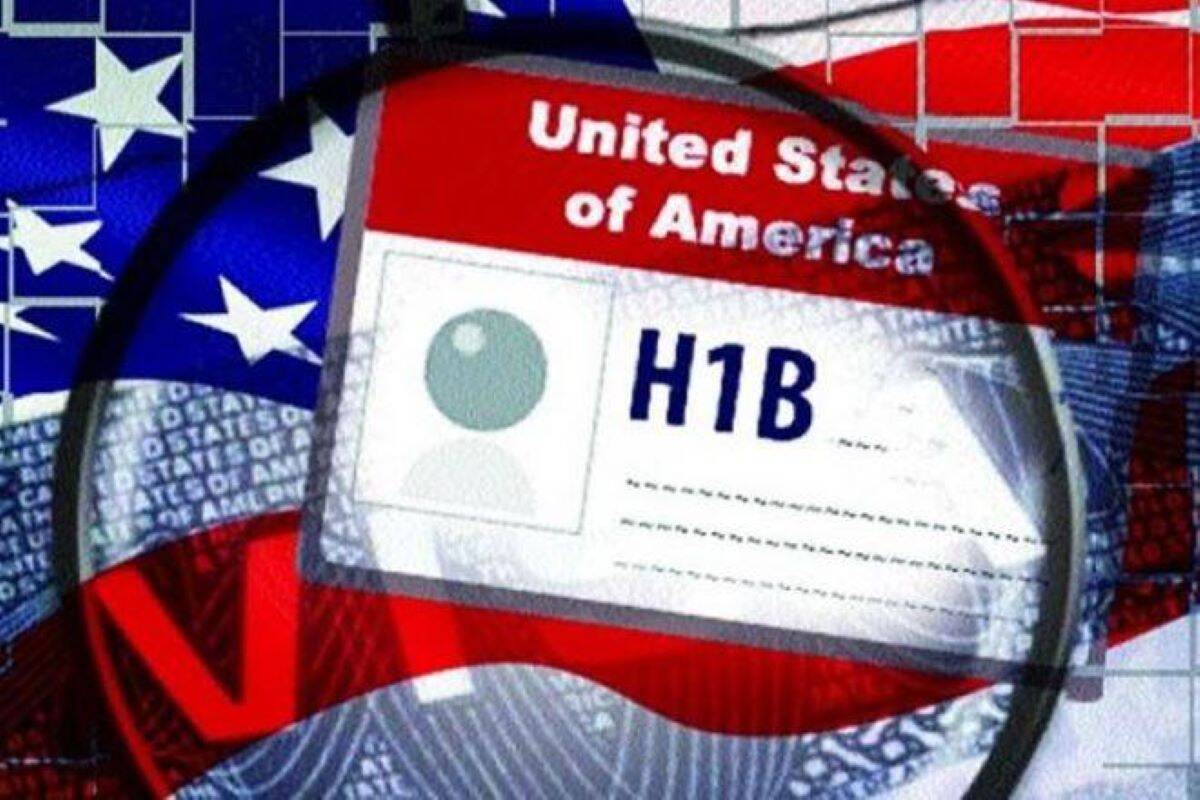The H-1B visa is a non-immigrant work visa that permits firms in the United States to temporarily hire foreign employees in speciality professions. Find out more about the H1-B work visa now.

Table of Contents
Obtaining an H-1B Visa in the United States: A Step-by-Step Guide
Learn about an H-1B visa, who it is for, the conditions, and the procedure for acquiring one to temporarily hire a foreign worker in the United States.
What exactly is an H-1B visa?
The H-1B visa is a non-immigrant work visa that permits firms in the United States to temporarily hire foreign employees in speciality professions. A higher education degree (Bachelor degree) or its equivalent is required to work in a speciality profession area. Furthermore, foreign degrees and/or professional experience may be deemed to be comparable to a bachelor’s degree in the United States.
Simply phrased, the term “specialty profession” in the United States refers to any theoretical and practical application of a corpus of highly specialised knowledge in an area of human activity. H-1B work authorization is only valid for employment with the sponsoring company. A U.S. corporation may hire a foreign worker for up to 6 years under the visa.
An H-1B visa is more simpler to get than permanent residency, but since it is valid for a longer length of time, most employers prefer this form of visa. Because of the increased demand for foreign workers, the United States has placed a limit on these highly sought-after H-1B visas.
Current immigration law allows for a total of 85,000 new H-1B visas to be issued each fiscal year. This figure is divided between 65,000 new H-1B visas for foreign employees and 20,000 for people with advanced degrees from a U.S. academic institution.
There are various different sorts of employment visas available for certain nations and people. Here are a few examples: R-1 visas are reserved for religious workers, TN visas are reserved for Canadian and Mexican speciality workers under NAFTA, and O-1 visas are reserved for exceptional persons in practically any profession.
Conditions for getting an H-1B visa
The H-1B visa application procedure starts six months before the visa’s commencement date. Employers may apply for the 2015 fiscal year cap as early as April 2, 2014, but cannot begin work until October 1, 2014. Once the visa ceiling is met, the USCIS will no longer accept H-1B petitions for the 2015 fiscal year and will no longer accept new applications until April 2015.
Because the H-1B visa is intended for speciality vocations, the job must satisfy certain requirements in order to qualify. All of these criteria are in place to ensure that you require someone with the same set of skills as the person you’re bringing in. For example, the job must demand a Bachelor’s degree or above, unless it is standard in the sector, or the work is so unique that only someone with a degree can accomplish it.
Furthermore, the individual the company is looking for must fulfil some standards on their own, such as having the relevant experience and training to meet the job specifications. Positions that are not speciality professions or for which a candidate does not have the qualifications/experience required for an H-1B visa may be eligible for an H-2B visa. If you are unable to get an H-1B visa, another option is to apply for an L-1 visa, which permits enterprises operating both in the United States and overseas to transfer certain types of employees.
When an H-1B visa is approved, the non-U.S. citizen is allowed a three-year time to work in the United States, which may be extended for another three years for a total of six years. Furthermore, while in the United States on an H-1B visa, you may petition for permanent residency.
H-1B visa holders may bring their spouse and children under the age of 21 to the United States as dependents under the H4 visa category. H4 visa holders are not permitted to work in the United States and may only remain for the same period of time as H-1B visa holders, but they may attend school, receive a driver’s licence, and so on.
Other common work visas in the United States include:
H-2B Visa – Non-agricultural Temporary Worker
Temporary Agricultural Worker (H-2A) Visa
Intra-company Transferee L-1 Visa
B-1 Visa – Visitors on business
J-1 Visa – Program for Exchange Visitors
Green Card – Permanent residence in the United States to live and work.
